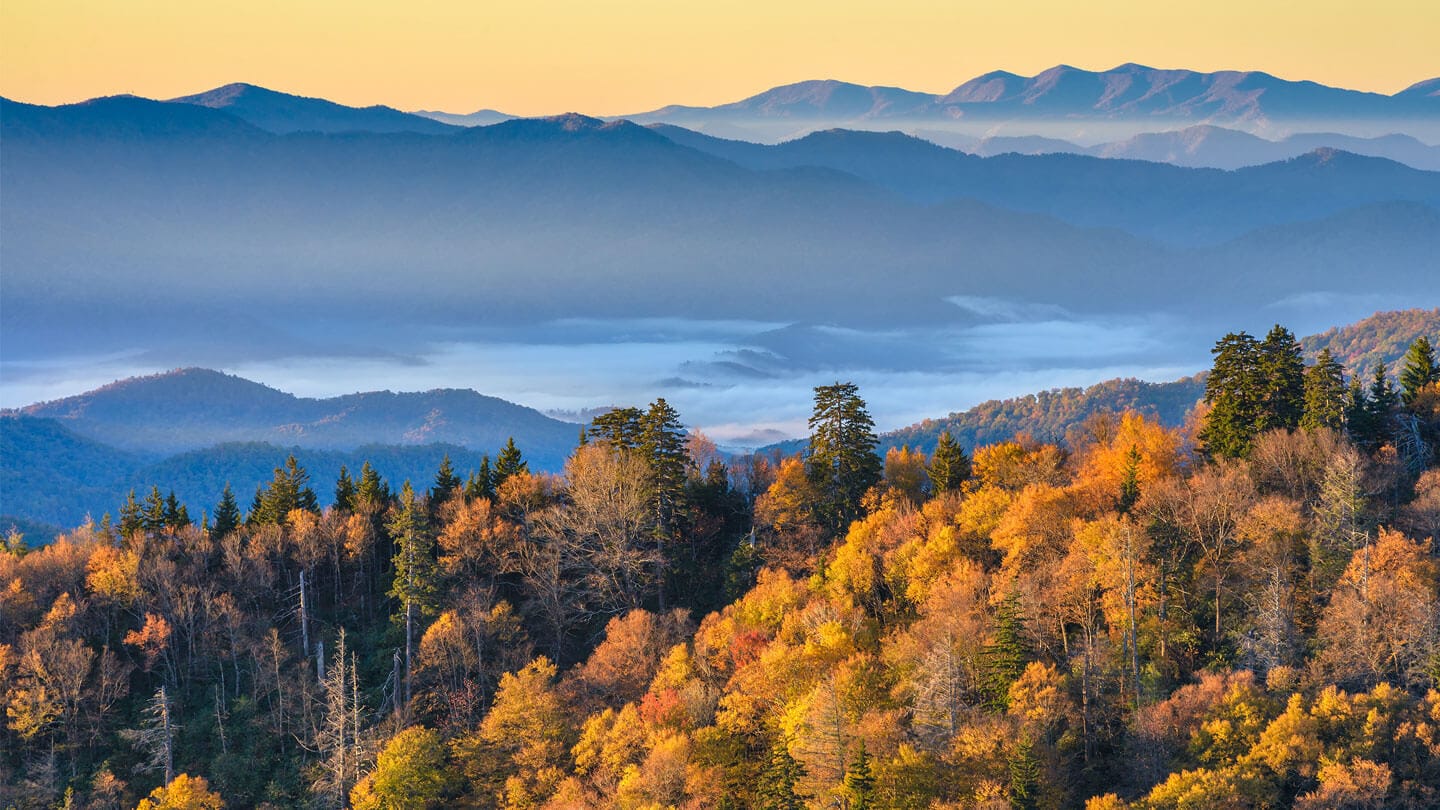
Human activity is putting such a strain on the natural functions of Earth that the ability of the planet’s ecosystems to sustain future generations can no longer be taken for granted.
Cordelia S. May
Our History
Cordelia S. May respected the beauty and balance of nature. She understood how this delicate balance had been compromised. By 1952, at age 23, charitable concerns for the health of the natural world and its effect on human quality of life led her to support family planning.
She recognized that incremental growth is imperceptible from one day to the next. The cumulative force of this growth would be overwhelming. Consequently, the impact of a burgeoning population on ecological balance would remain her lifelong passion.
Colcom Foundation was created by Cordelia S. May in 1996, at age 68, and was substantially funded following her death in 2005.
Today’s headlines reflect the effects of imbalances between people and the natural world. Aquatic and terrestrial habitat destruction, pollution, biodiversity loss, and ecosystem collapse are among the consequences of population growth. Yet, our growth-driven culture seldom views these imbalances as a result of overpopulation. Mrs. May’s humanitarian perspective brought the approaching drama into focus decades before it reached public discourse.
Early reformers, like Mrs. May, were often misunderstood. Advocates of gender equality in the days of Susan B. Anthony, of civil rights in the age of Lincoln, and of modesty in the age of Galileo, were heretics. Their vindication would await the judgment of future historians.
Colcom Foundation’s grantmaking honors the humanitarian objectives, the foresight, dignity, and compassion of its benefactor, Cordelia S. May.
Our Mission
The primary mission of the Colcom Foundation is to foster a sustainable environment to ensure quality of life for all Americans by addressing major causes and consequences of overpopulation and its adverse effects on natural resources. Regionally, the Foundation supports conservation, environmental projects, and cultural assets.
